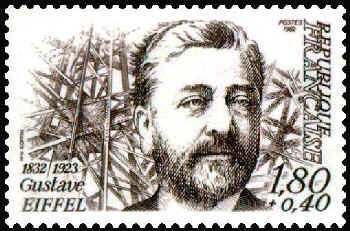Epcot World Showcase:
Where Dreams
Come True
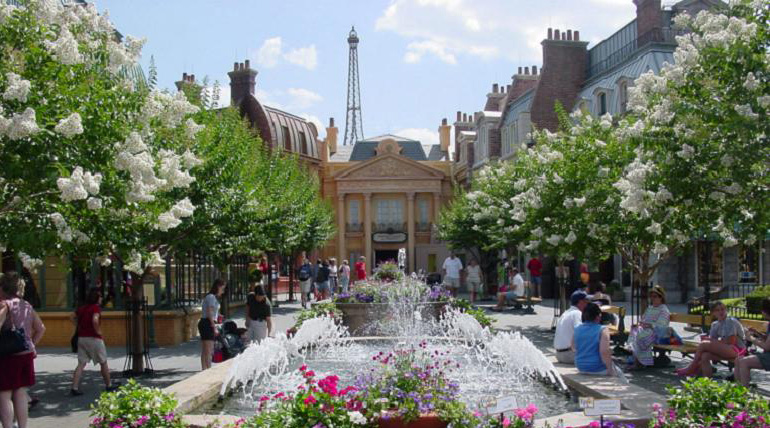
Epcot, or the "Experimental Prototype Community
of Tomorrow...opened in late 1982 as a self-contained park within Disney World" (Wilson 118).
This park was "a vision that obsessed Disney from the opening of Disneyland in California in 1955
until his death" (Wilson 118). In the early 1950s, Walt Disney said, "EPCOT will be an experimental
city that would incorporate the best ideas of industry, government, and academia worldwide, a city
that caters to the people as a service function" (Wilson 118). Basically, he meant it to be a place
where people could live in the suburban but high-tech ideal - "there will be no slum areas because
we won't let them develop. There will be no landowners and therefore no voting control" (Wilson 118).
Though originally dedicated to this vision, somewhere along the way designers decided
that juxtaposing an land of "better tomorrows" across a lagoon from nostalgic perspectives
of the past was the best way to go (Wilson 119). Though the Future World area of Epcot relates
more to Walt Disney's original vision for the park, this site focuses on World Showcase - the
location of Epcot's Eiffel Tower.
"In World Showcase, exoticized cultures of the past and present offer relief from what promise
to be the urban (or suburban) horrors of the future displayed across the lagoon" (Wilson 122).
Therefore, World Showcase is automatically positioned as an "ideal past" jntentionally positioned
separately from Future World's temporally and spatially distant offerings (Wilson 122). Within the
World Showcase, an entire country "can be taken in at a single glance" (Wilson 123). In other words,
Epcot is known for "compressing the world's famous architectonic sights into one place for our travel
convenience" (Raento and Flusty 101). This includes using the Eiffel Tower as a major feature of
France in the World Showcase. It takes no more than recognizing this sign to identify the country
within which it stands tall, even though the Epcot version only reaches 76 feet. The presence of
the Tower instantly denotes, or defines, the area as France.
| This particular Tower's small size is the first thing distingushing it from the other two. However,
it is the design of its surroundings that reveal the Disney-esque nature of this false France.
Needless to say, the French Renaissance period this area represents was not exactly known for its
peaceful atmosphere and bold pastels. Despite this, just glancing at the Eiffel Tower here,
children could very easily believe it to be the real thing (assuming most adults know it is,
in fact, much taller). Despite the colorful buildings and lively environment, the Eiffel Tower
remains centralized and literally uplifted in this "country." This design contributes to the idea
that "the organizing principle of the EPCOT landscape is control" (Wilson 121). In fact, Wilson
explains how it disciplines and constructs certain experiences with its layout: "Direction is given
to the gaze of the spectator: visual perspectives, aural terrains, the kinds of movement permitted -
all reinforce and reinterpret the various themes of the Center" (Wilson 122). |
| 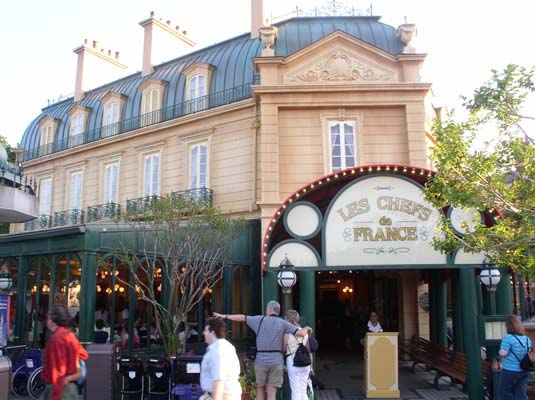 |
Epcot's design for World Showcase in general, and France specifically, speaks with what Cass
would call "the now familiar language of Disney attractions" (Cass 244).
"First...simultaneously educating and entertaining their audience...Second, Disney blurs the
boundaries between authentic and inauthentic cultural experiences...Third, and perhaps most
relevant, Disney succeeds at the construction of an efficient tourist experience Ð an environment
constantly under surveillance, in which the tourist/consumer learns about cultural Others under
safe and predictable conditions. Finally, depending upon the logic of the framed space, the
management will also profit from either blurring the distinctions between historical reality
and historical recreation or making such distinctions so exaggerated and glaring that they
become campy entertainments" (Cass 245).
Alexander Wilson is in agreement, particularly with Cass' third point: "Epcot is a seamless
environment: there is never a moment or space that is not visually, aurally, and olfactorily
programmed by the Disney resort managers" (Wilson 122). More explicitly, you cannot refuse
to see the Eiffel Tower once in France, and when you can see it, the sound French music and
the smell of freshly baked pastries supplement it.
Like Vegas, Disney works hard to imitate a stereotypical French environment. However, unlike Vegas,
the Disney approach is all about environment over experience. You cannot travel to the top of Epcot's
Eiffel Tower. In fact, you can do nothing but ooo, ahh, and take pictures of it.
Despite the inability of visitors to interact with it, the Tower's presence is important because
it validates Epcot's representation of France. Although Epcot's Eiffel Tower is a feeble
representation in terms of size, this suffices for Disney visitors. Disney's overarching
and guiding philosophy does not demand perfection or reality. In fact, this utopian World
Showcase has no room for reality. They will do whatever it takes to make visitors feel as
if all their dreams come true once they enter the parks. Because visitors enter with this
expectation, Epcot is meant to feel more cartoon-like than high-stimulation Vegas and
uber-historical Paris. Consciously, visitors know they are not in France, or in any other
World Showcase for that matter. However, Disney successfully uses the Eiffel Tower as a sign
to create the sense of "being there" (as previously discussed from Crouch and Lubbren).
Although we "might problematize this as 'being where,' geographically and subjectively,
raising the significance of the construction and constitution of space in the experience,"
this is rarely a challenge Disney ever receives because of how smoothly it operates.
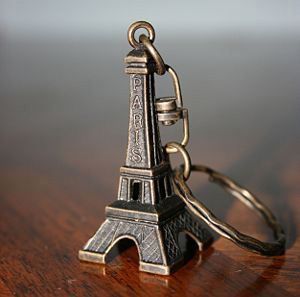


Regardless of whether or not it's authentic, the Eiffel Tower within Epcot is yet again
inseparable from an association with France. Visitors do not see the Tower and think, oh look -
it's Germany, or alright, Norway! This is "France's" defining feature, unless, of course you
include the employees who come from the real country. Therefore, the Tower is necessary to Epcot's
representation of France; it makes visitors believe the creators, designers, and employees present
there. It validates their positions by using a common place-myth to affirm its authenticity.
However, once again similar to Vegas, it is a visual object not easily recontextualized. Even
outside of Epcot, the Eiffel Tower maintains the same meaning. In fact, the exact Tower from Epcot
could easily be dropped off in the middle of my university campus, and still signify Paris.
Now, let Disney magically whisk you away
to your next location.
Would you like to go to Paris or Vegas?
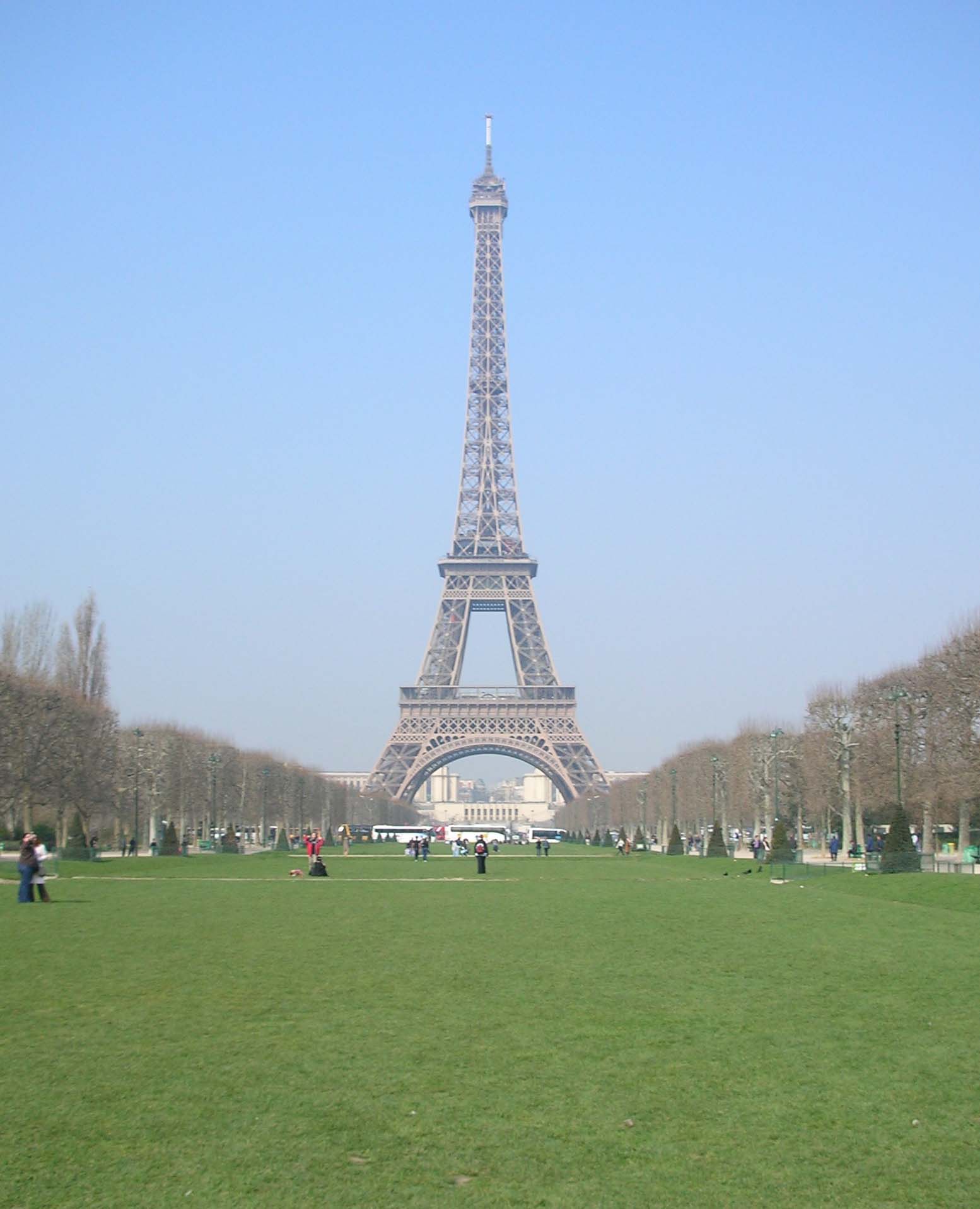
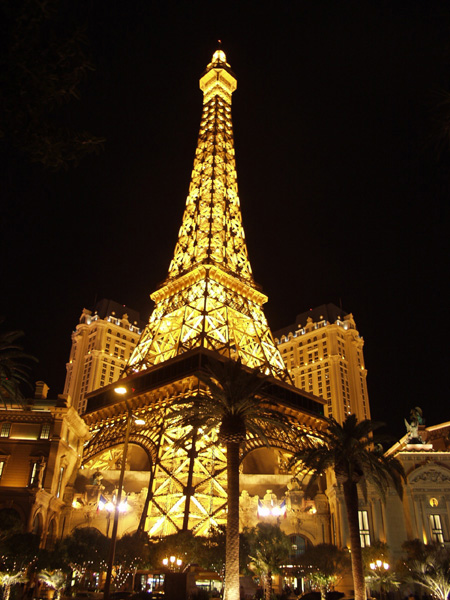 What do you think of when you see the Eiffel Tower?
Have a magical day!
What do you think of when you see the Eiffel Tower?
Have a magical day!
If you don't know Gustave, you should.
